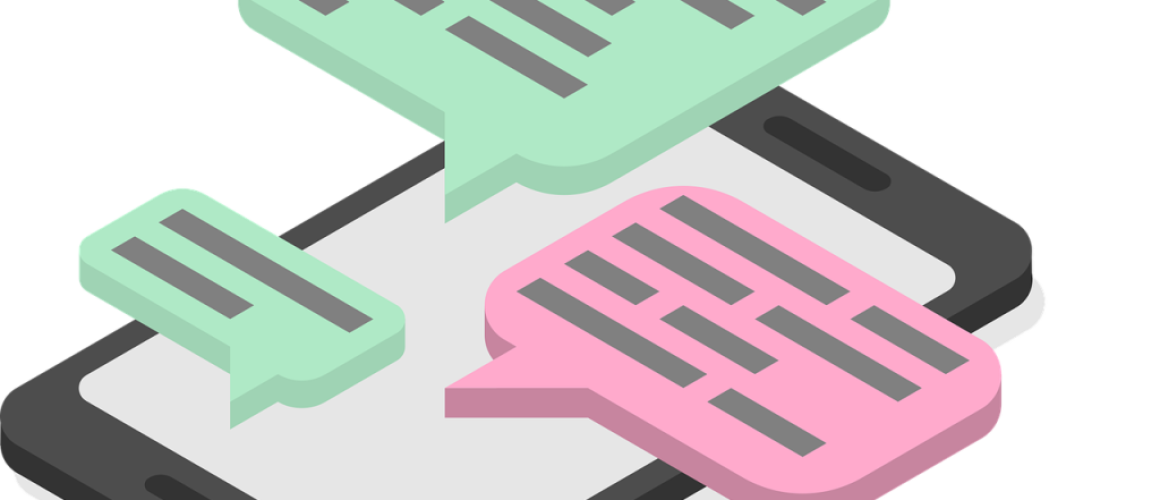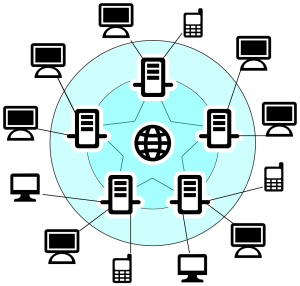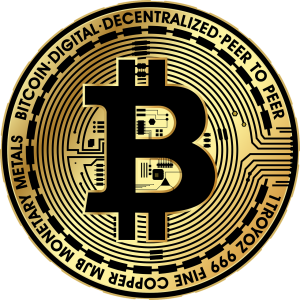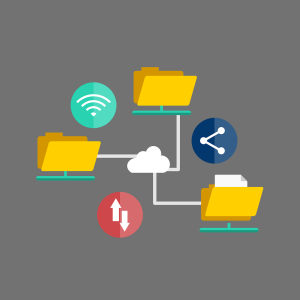The Rise and Rise of dApps
Due to the ubiquity of smartphones, tablets and similar other devices, we are all familiar with apps. The apps which we use are centralized i.e., they are owned by a single company and as a user we download a copy of the app and then send and receive data back and forth from the company’s server. However, in recent times, decentralized apps (dApps) are gaining in popularity especially in the context of potential uses of blockchain and smart contracts. Is the hype around dApps real or is it likely to be a short-term fad? This blog covers this very interesting and relevant feature.
Definition of dApps
Decentralized applications (dApps) are digital applications or programs that exist and run on a blockchain or distributed peer-to-peer (P2P) network of computers instead of a single computer. dApps are outside the control of a single authority, which is unlike how centralized apps function. dApps—which are often built on the Ethereum platform—can be developed for a variety of purposes including gaming, finance, and social media. The potential market for decentralized applications is huge where the total dApp transaction volume increased to $271 billion in 2020 (up from $21 billion in 2019). The transaction volume is even more geared towards the Ethereum ecosystem since 95% of dApp transaction volume takes place on DeFi Ethereum applications.
How does it work?
Consensus mechanisms are used by dApps to establish consensus on the network. The two most common mechanisms to establish consensus are proof-of-work (POW) and proof-of-stake (POS). dApps distribute their tokens through three main mechanisms: mining, fund-raising and development. In mining, tokens are distributed as per a predetermined algorithm as rewards to miners that secure the network through transaction verification. Tokens can also be distributed through fundraising, where tokens are distributed in exchange for funding in the initial development phase of the dApp, as in an initial coin offering. Lastly, the development mechanism distributes tokens that are set aside for the purpose of developing the dApp through a pre-determined schedule.
Characteristics of dApps
dApps have been utilized in decentralized finance (DeFi), in which dApps that perform financial functions on blockchains. All the dApps have an identifying code that may only work on a specific platform. Not all dApps work on standard web browsers. Some of them only work on special websites with a customized code, adjusted to open certain dApps.
The performance of a dApp is tied to its latency, throughput, and sequential performance. Bitcoin’s system for transaction validation is designed so that the average time for a Bitcoin to be mined is 10 minutes. Ethereum offers a reduced latency of one transaction every 15 seconds. For comparison, Visa handles approximately 10,000 transactions per second. More recent dApp projects, such as Solana, have attempted to exceed that rate.
Advantages of dApps
With decentralized apps, users do not need to submit their personal information to use the function the app provides. DApps use smart contracts to complete the transaction between two anonymous parties without the need to rely on a central authority. Proponents interested in free speech point out that dApps can be developed as alternative social media platforms. A decentralized social media platform would be resistant to censorship because no single participant on the blockchain can delete messages or block messages from being posted. Ethereum is a flexible platform for creating new dApps, providing the infrastructure needed for developers to focus their efforts on finding innovative uses for digital applications. This could enable rapid deployment of dApps in a variety of industries including banking and finance, gaming, social media, and secure cold wallet collectibles.
Closing Comments
As the decentralized finance (DeFi) market expands its use cases and adoption, dApps present an essential on-ramp to new audiences by deploying user interfaces that emulate conventional web applications while accessing the new capabilities of blockchain. In doing so, dApps are in many ways expanding the functionality of the internet through blockchain. Regardless of the underlying blockchain in use, interest in dApps is growing fast — and the movement has only just begun!






